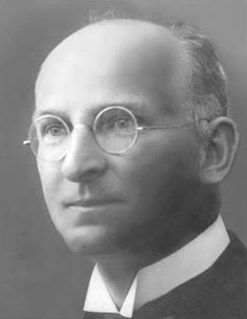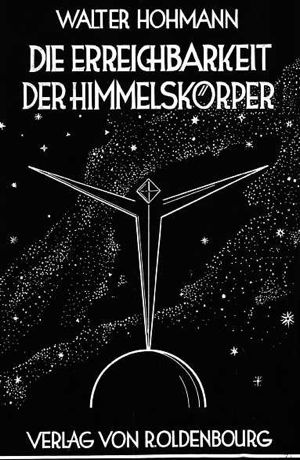
Home - Search - Browse - Alphabetic Index: 0- 1- 2- 3- 4- 5- 6- 7- 8- 9
A- B- C- D- E- F- G- H- I- J- K- L- M- N- O- P- Q- R- S- T- U- V- W- X- Y- Z
Hohmann, Walter
 Hohmann Credit: NASA |
Born: 1880-03-18. Died: 1945-03-11. Birth Place: Hardheim.
Following graduation, he worked as an architect for the cities of Vienna, Hannover and Breslau before becoming Chief Architect of Essen. He became interested in the problem of interplanetary spaceflight, and published the results of his studies in 1916. In this book he described the minimum energy orbit that was named after him. Hohmann was involved with other German space enthusiasts in the 1920's, becoming a member of the VfR rocket society. But with the ascendancy of the Nazis and the group's increasing involvement in military rocketry, he broke off all contacts. He died in hospital following the allied bombing of Essen.
Country: Germany. Bibliography: 5529.
 | Hohmann |
1880 March 18 - .
- Birth of Walter Hohmann - . Nation: Germany. Related Persons: Hohmann. German architect who became interested in interplanetary spaceflight, defined the minimum energy transfer orbit which bears his name in 1916. Rocket enthusiast with VfR but broke off contact after military took over development..
1927 June 5 - . Launch Site: Raketenflugplatz. Launch Complex: Raketenflugplatz. Launch Vehicle: V-2.
- VfR established. - .
Nation: Germany.
Related Persons: Esnault-Pelterie,
Hohmann,
Oberth,
Winkler.
Johannes Winkler forms the first society for space travel in Breslau. The Society for Space Travel (Verein fuer Raumschiffahrt), is better known by its abbreviation 'VfR'. From the three people that attended the first meeting, it would grow to 500 members within the year, including most of the European space pioneers - Oberth, Hohmann, von Hoefft, von Pirquet, Rynin, and Esnault-Petrie.
1945 March 11 - .
- Death of Walter Hohmann - . Nation: Germany. Related Persons: Hohmann. German architect who became interested in interplanetary spaceflight, defined the minimum energy transfer orbit which bears his name in 1916. Rocket enthusiast with VfR but broke off contact after military took over development..
1956 During the Year - .
- Martian Piloted Complex (MPK) - .
Nation: Russia.
Related Persons: Hohmann,
Korolev.
Spacecraft Bus: TMK.
Spacecraft: MPK.
This first serious examination in the Soviet Union of manned flight to Mars was initiated by M Tikhonravov's section of Korolev's OKB-1. The Martian Piloted Complex (MPK), would be assembled in low earth orbit. Using conventional liquid propellants, it would fly a Hohmann trajectory, enter Martian orbit, and a landing craft would descend to the surface. After just over a year of surface exploration, the crew would return to earth. It was calculated that the initial mass of the MPK would be 1,630 tonnes, and a re-entry vehicle of only 15 tonnes could be returned to earth at the end of the 30 month mission. At the planned N1 payload mass of 75 to 85 tonnes, it would take 20 to 25 N1 launches to assemble the MPK.
Back to top of page
Home - Search - Browse - Alphabetic Index: 0- 1- 2- 3- 4- 5- 6- 7- 8- 9
A- B- C- D- E- F- G- H- I- J- K- L- M- N- O- P- Q- R- S- T- U- V- W- X- Y- Z
© 1997-2019 Mark Wade - Contact
© / Conditions for Use